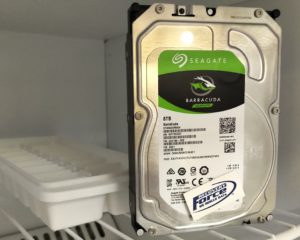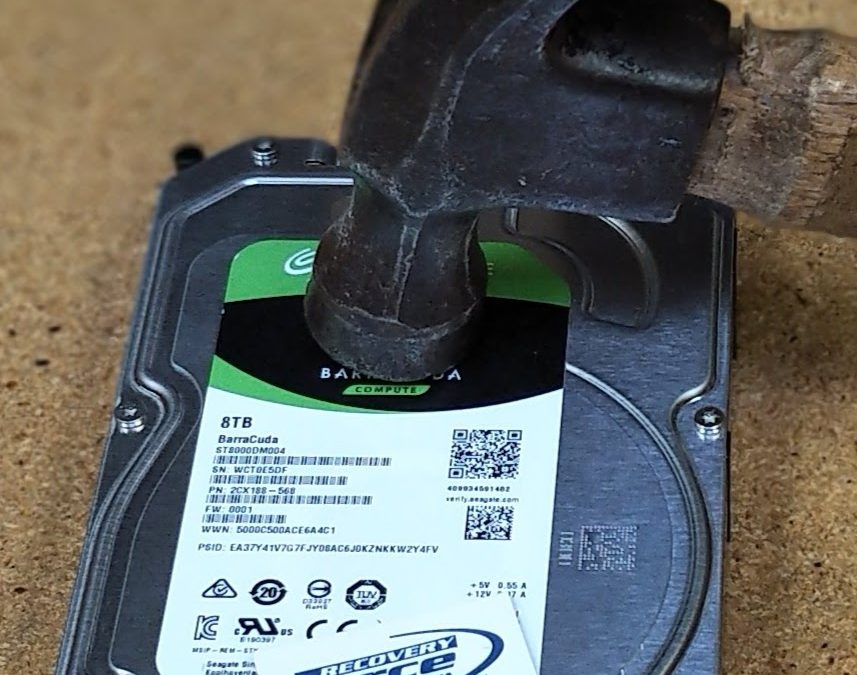Over the past few years, we’ve seen numerous posts on the internet and engaged in conversations with technicians and end users who believe they know more about data recovery than we do. Here is a summary of the “Right” way of doing data recovery according to those comments:
- Never verify a backup and assume it is good before fixing windows errors and/or RAID issues
- Format the drive so that you can recover data from the bad drive
- Don’t bother cloning a failing drive
- If the drive was bumped or dropped, always assume the PCB is the problem
- Don’t waste time trying to figure out the source of the problem and assume that if you power the drive on enough times, it will instantly start to read again
- It never hurts to open the drive to see what you can do…especially if it is important data that you and/or your client really needs
- The freezer can fix almost every issue

- What the freezer can’t fix, SpinRite and HDDRegen can
- After recovering data using the cheapest software you can find online, immediately copy the recovered files to the original drive that wasn’t cloned before you verify the data with the client
- When a RAID array has failed, just swap out the bad drives and force a rebuild
- If you ever find yourself in a rut, post your question in a forum and expect a data recovery pro to give you a free magic solution
- Data recovery labs are always the last option, after everything else has been tried. Make sure the drive is completely toast before sending in for an assessment
- Always lie about the symptoms and what you’ve done to it to get a better initial verbal quote, then moan because the actual quote is higher once the DR company has looked at it (This one comes from Sean from PCImage)
